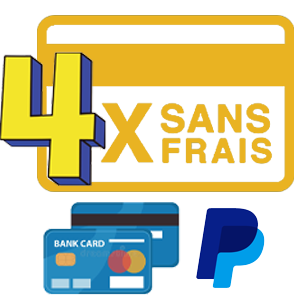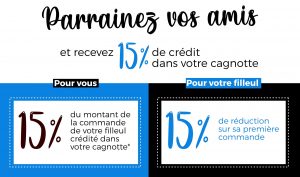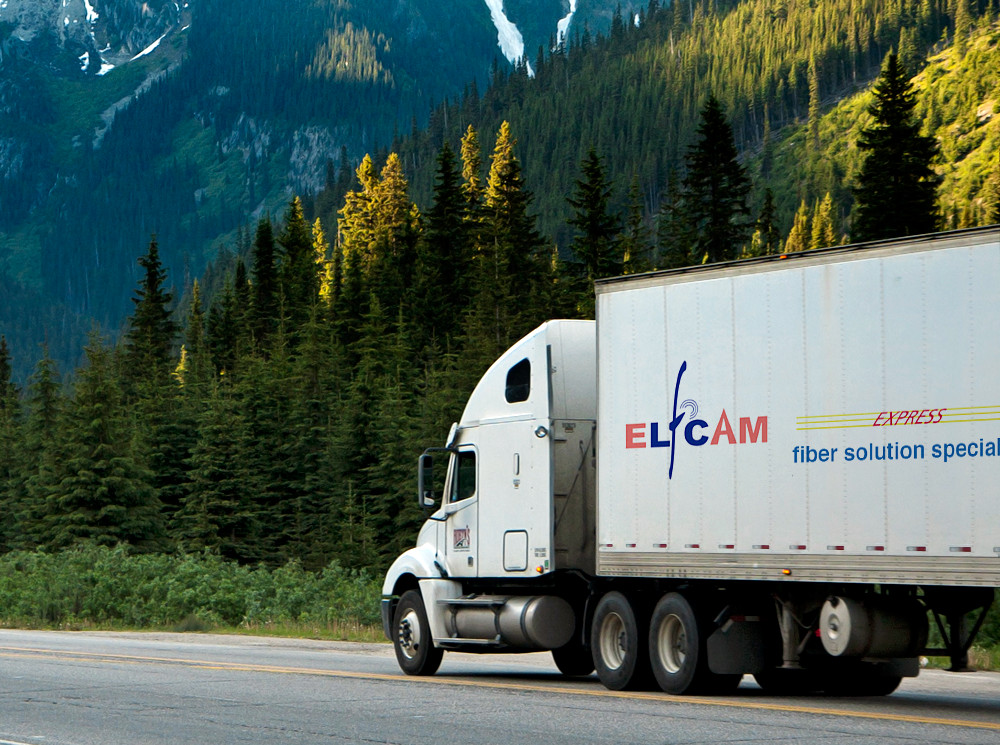What is fiber optic access?

What is fiber optic access?
Fiber access is the use of optical fiber as a transmission medium between the local office and the user. Fiber optic access can be divided into two categories: active optical access and passive optical access. The main technology of optical fiber subscriber networks is optical wave transmission technology. Multiplexing technology for optical fiber transmission is currently developing quite rapidly and most of them are already used in practice. The most commonly used multiplexing technologies are time multiplexing (TDM), wavelength multiplexing (WDM), frequency multiplexing (FDM), code multiplexing (CDM), etc.
FTTH is a long-term development goal for access networks, and each country has a clear development goal, but due to cost, user demand and market, FTTH remains a long-term task .
At present, the focus is on achieving FTTC, while the required signal is still transmitted from the ONU to the user using the existing copper twisted pair lines, using xDSL . WDM-PON super PON can adapt to the needs of future development.
Fiber optic access technology
Fiber access technology is a future-oriented broadband network access technology for fiber to the curb (HTTC) and fiber to the home (HTTH). OAN refers to the power supply section, wiring section and line section of introducing the exchange to the user, part or all of the access system to achieve access by optical fiber. Besides HFC, there are several fiber optic access methods:
1)Digital fiber optic loop system
The DLC system uses fiber optic transmission instead of power cables and cabling, and then connects to the user with twisted pair cables. To transmit narrow-band services, the PDH quasi-synchronous time-division multiplexing technology system is used, and to transmit broadband services, the asynchronous transmission mode (ATM) plus the SDH synchronous time-division multiplexing technology system is mainly used. . The network structure is usually point-to-point, chain or ring. Transmission rates range from 34 Mbps to 155 Mbps. The transmission distance can range from a few kilometers to hundreds of meters. The use of DLC technology enables the progressive implementation of fiber to the street (FTTC) and fiber to the home (FTTH). The system is technically mature, very reliable and easy to promote and apply. A number of domestic manufacturers have launched mature products, and the most practical applications are available online.
2) Passive optical network based on ATM
Passive optical network (PON) uses the branching method of optical fiber to realize point-to-multipoint communication access technology, and can support ISDN core group or the same rate of various services. APON is a PON using ATM signaling, which can be a symmetric system with equal upstream and downstream rates, or an asymmetric system with unequal upstream and downstream rates, supporting bandwidth requirements of ISDN and BDNDN services, and meeting the common requirements of various telecommunications services and full-service networks (FSN). APON represents the latest development direction in broadband access technology and has been applied in the United Kingdom and Germany; it is considered a better way to achieve FTTC and FTTH. The disadvantage is its high cost, and how to economically realize high-quality two-way transmission is still a problem to be studied.
3) Switched digital video technology
SDV technology is a network access technology that uses wavelength division multiplexing (WDM) or fiber optic technology to share fiber lines on CATV networks. SDV technology uses fiber optic access systems and ATM technology to transmit voice, data and video signals in a two-tier approach. The first level uses a conventional fiber optic access system to transmit telephone and data services. The second tier uses an SDH-based ATM signal element to support interactive digital video and other broadband services.










